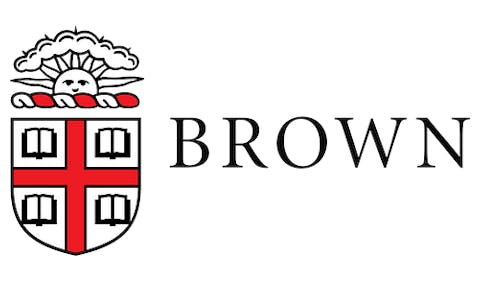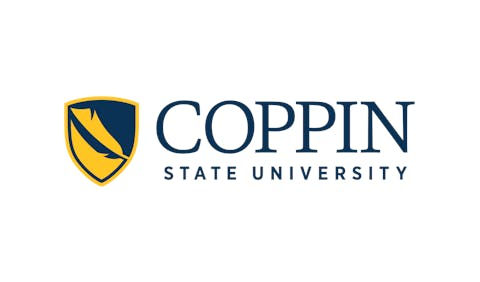 Tamara Lanier with attorney Benjamin Crump
Tamara Lanier with attorney Benjamin Crump
In a precedent-setting resolution that has implications for how higher education institutions confront their historical ties to slavery, Harvard University has agreed to relinquish 175-year-old daguerreotypes believed to be the earliest known photographs of enslaved people. The settlement ends a six-year legal battle and represents what attorneys call an "unprecedented" victory for descendants seeking accountability from academic institutions.
The daguerreotypes of Renty, an enslaved man, and his daughter Delia will be transferred from Harvard's Peabody Museum of Archaeology and Ethnology to the International African American Museum in South Carolina, where the photographs were originally taken in 1850. The resolution includes an undisclosed financial settlement and marks the culmination of a 15-year campaign by Tamara Lanier, who identifies as Renty's great-great-great-granddaughter.
The case highlights the complex relationship between American higher education and slavery, forcing institutions to grapple with how historical artifacts tied to racial exploitation should be stewarded in the modern era. Harvard's involvement dates to 1850, when Professor Louis Agassiz commissioned the photographs to support polygenism—a now-debunked theory that claimed Africans and African Americans were biologically inferior to whites.
Agassiz, a Harvard biologist, toured South Carolina plantations seeking racially "pure" enslaved individuals born in Africa. Renty and Delia were forced to pose shirtless and photographed from multiple angles without their consent, with the images intended to provide scientific justification for slavery and later segregation.
"Papa Renty was taken from his descendants and used to promote a lie – but today, he has finally been returned to the love and care of his family," said civil rights attorney Ben Crump, who represented Lanier alongside Joshua Koskoff. "This historic settlement is a step forward in the pursuit of justice and a recognition of the pain caused by the dark history of exploiting enslaved people."
Legal Precedent and Higher Education Implications
Lanier's 2019 lawsuit broke new ground in challenging how universities handle artifacts connected to slavery. While Massachusetts courts ultimately ruled that photographs belong to the photographer rather than the subject—affirming Harvard's legal ownership—the state's Supreme Court allowed Lanier's emotional distress claims to proceed, recognizing "Harvard's complicity in the horrific actions surrounding the creation of the daguerreotypes."
The court's historic opinion affirmed that "Harvard's present obligations cannot be divorced from its past abuses," establishing important precedent for how institutions must address their historical wrongs even when legal ownership is clear.
Koskoff called the resolution "one of one in American history" due to its unique combination of factors: "to have a case that dates back 175 years, to win control over images dating back that long of enslaved people — that's never happened before."
The settlement arrives as colleges and universities nationwide face increasing pressure to acknowledge and address their historical connections to slavery. Harvard's agreement to relinquish the images—despite winning the ownership battle in court—signals a potential shift toward prioritizing ethical stewardship over legal possession when it comes to sensitive historical materials.
"Since Black Americans were first brought to this country in chains, our pain and trauma have been exploited for capitalistic gain," Lanier said. "Harvard played a role in the darkest chapter in American history. This is a small step in the right direction towards fully acknowledging that history and working to rectify it."
The case also raised questions about how universities monetize historical artifacts. Lanier's lawsuit alleged Harvard had profited from the images by charging licensing fees for their reproduction and using them for promotional purposes, including at a 2017 conference.
The International African American Museum in South Carolina, which will receive the daguerreotypes, has committed to working with Lanier on how the images will be displayed and contextualized. CEO Tonya M. Matthews called Harvard's decision a moment "175 years in the making" and praised Lanier's "bravery, tenacity, and grace" throughout the legal process.
This collaborative approach offers a potential model for other institutions grappling with similar artifacts. Rather than simply maintaining possession based on legal ownership, the settlement demonstrates how universities can work with descendant communities to ensure appropriate stewardship of sensitive historical materials.
Unfinished Business and Symbolic Victory
Despite the settlement, some issues remain unresolved. Harvard has not publicly acknowledged Lanier's genealogical connection to the individuals in the photographs, and Koskoff noted the university has not issued a broader acknowledgment of its role in perpetuating slavery.
"That is just left unanswered by Harvard," Koskoff said, though he emphasized that Lanier's legal team supports Harvard in its current battles with the Trump administration over federal funding cuts and international student enrollment restrictions.
The settlement was announced during a particularly challenging time for Harvard, which faces broader scrutiny from the current administration. Koskoff stressed that the legal team was "not here today to bash Harvard" but emphasized that institutions have "the obligation to tell a full history, even one that sheds poorly on their own veritas."
The presence of Susanna Moore, the great-great-great-granddaughter of Louis Agassiz, at the settlement announcement provided powerful symbolism. Moore, whose ancestor commissioned the exploitative photographs, called them a "deeply racist project" and celebrated alongside Lanier.
"This victory reminds us that the meaning of such objects in museums can and should change," Moore said. "This woman standing next to me, she knew all along she was not small, and she was not alone."
For Lanier, the resolution represents both personal vindication and a broader victory for reparative justice. "This is a moment in history where the sons and daughters of stolen ancestors can stand with pride and rightfully proclaim a victory for reparations," she said. "This pilfered property, images taken without dignity or consent and used to promote a racist psychoscience will now be repatriated to a home where their stories can be told and their humanity can be restored."
Experts said that as higher education continues to reckon with its historical ties to slavery and systemic racism, the Harvard settlement offers both a template for institutional accountability and a reminder that the pursuit of justice often requires sustained advocacy across generations. They argue that the transfer of these 175-year-old images from Harvard's archives to a museum dedicated to African American history represents more than a change in custody—it marks a recognition that the descendants of those who were exploited deserve a voice in how their ancestors' stories are told.


















